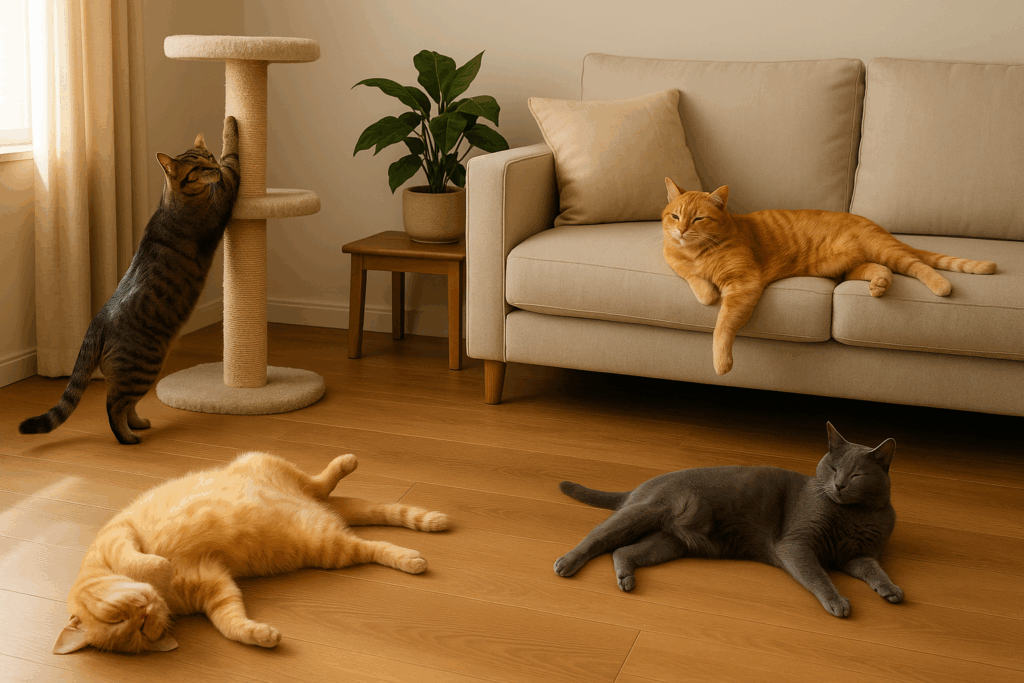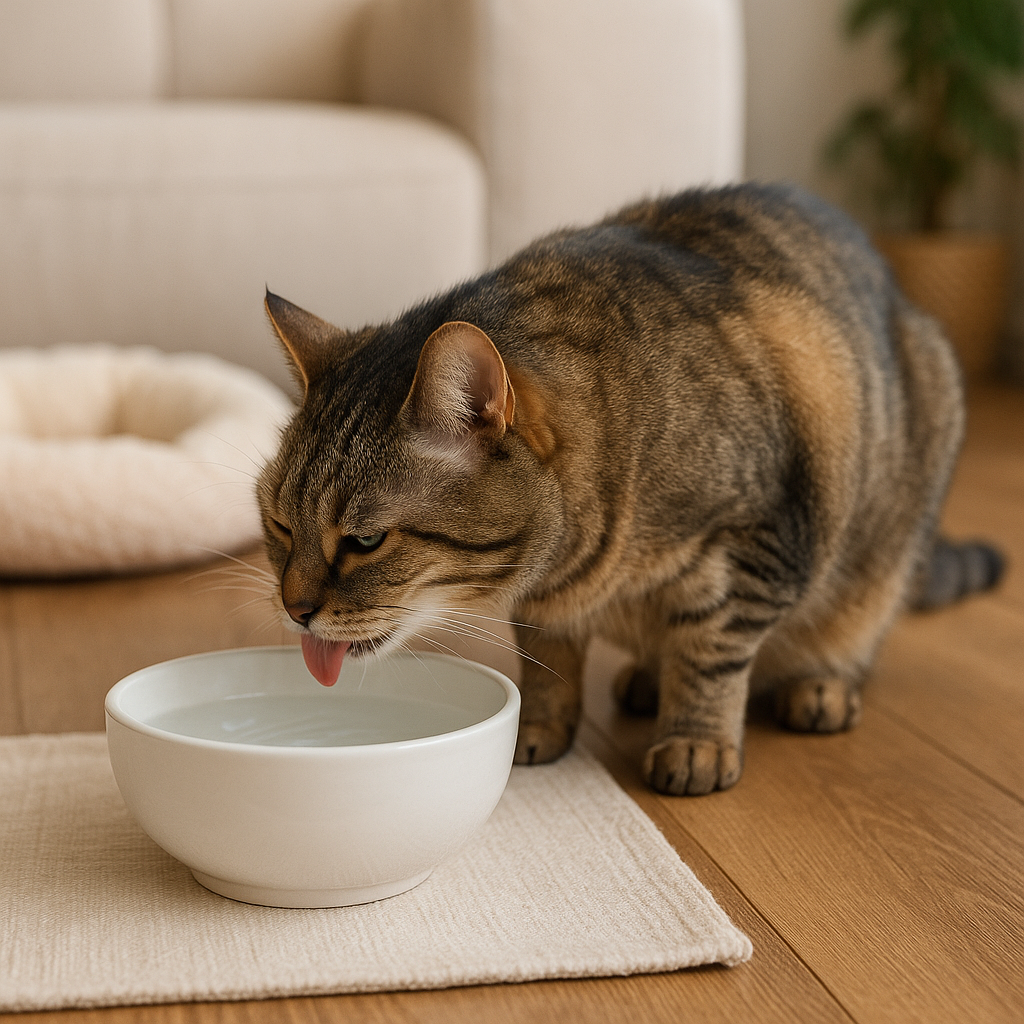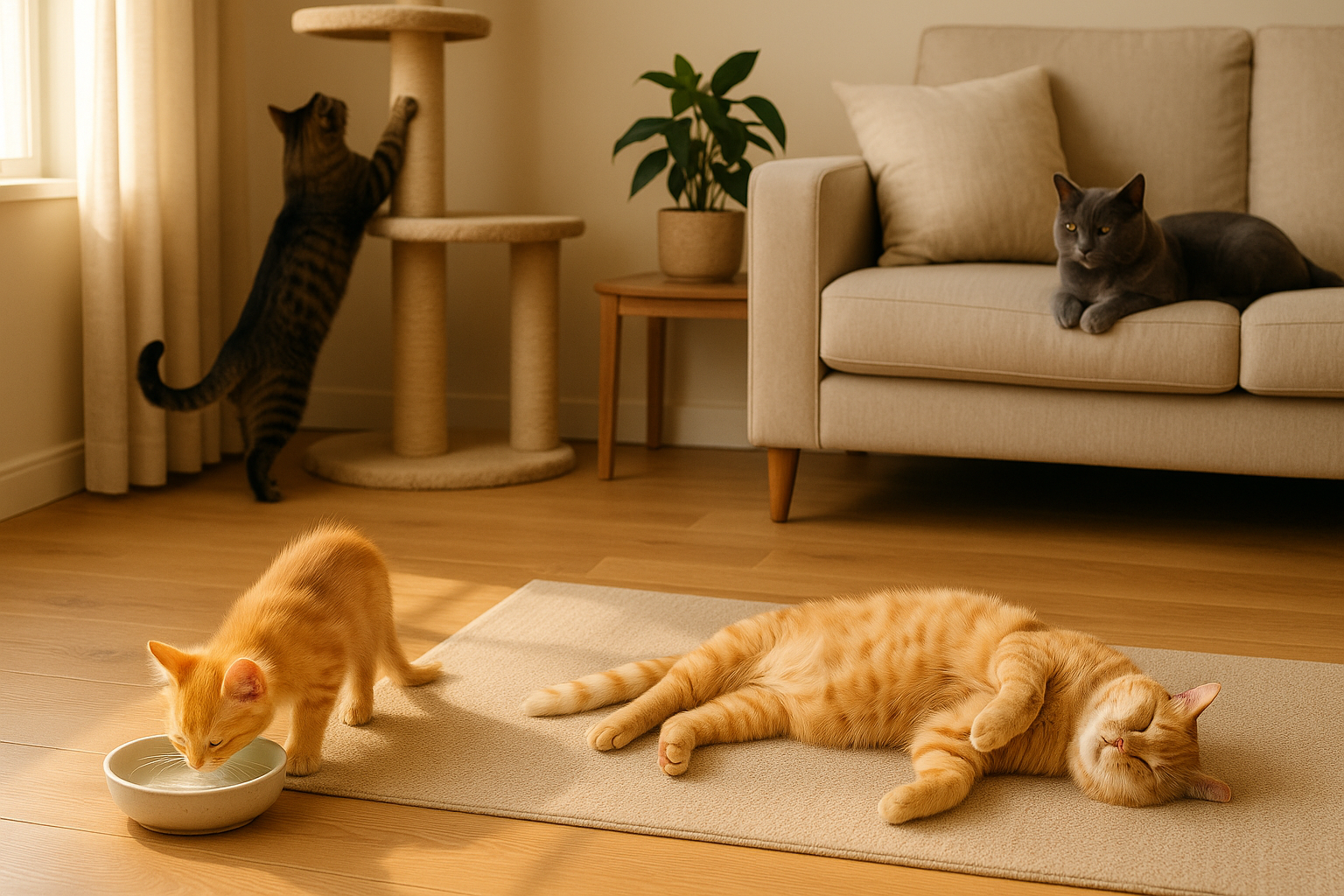For cats, kidney disease is often called a “destiny”—it’s a common and serious health challenge. The heartbreaking reality is that kidney function, once lost, is nearly impossible to recover. Symptoms often don’t appear until 75% of kidney function is already gone, leaving owners in a state of shock.
Unfortunately, many owners only begin to focus on kidney care when their cat is already a senior. But the golden window for protecting kidney health is during kittenhood, the time when lifelong habits are formed.
Healthy habits established at a young age will define your cat’s health for a lifetime. For the sake of your adorable kitten, let’s start the “Lifetime Kidney Guardian” project today!
Part 1. Why Start Protecting Kidney Health in Kittenhood?
A cat’s kidneys are “irreplaceable.” They decline quietly and slowly, earning them the name “the silent organs.” By establishing a healthy lifestyle from a young age that doesn’t burden the kidneys, you are essentially making regular deposits into a “kidney health savings account” for their future.
✅ Forming Lifelong Hydration Habits: A kitten that learns to drink plenty of water is far more likely to stay well-hydrated as an adult.
✅ Establishing a Healthy Palate: A diet based on high-quality protein and balanced nutrients minimizes the strain on the kidneys over a lifetime.
✅ Preventing Obesity: Maintaining a healthy weight from a young age is crucial for the health of all organs, including the kidneys.

Part 2. The 3 Core Pillars of Lifelong Kidney Health
It’s not as difficult as it sounds. Just remember and practice these three key principles.
💧 1. Hydration: The First and Most Critical Step
It’s no exaggeration to say that 90% of feline kidney care comes down to “hydration.” Sufficient water intake helps the kidneys filter waste products and is essential for preventing urinary tract diseases.
Action Plan:
- Make Wet Food a Staple: Wet food (canned or pouches) has a much higher moisture content than dry kibble. Feeding it once or twice a day can dramatically increase your cat’s total water intake. Introduce them to various textures and flavors of wet food from a young age.
- Place Multiple, Fresh Water Bowls: Position fresh water bowls throughout your cat’s favorite spots (living room, bedroom, near a window). It’s best to keep them away from their food bowl and litter box.
- Spark Curiosity with Running Water: A cat water fountain is highly effective at encouraging cats who are fascinated by running water to drink more.
- Choose the Right Bowl: Many cats prefer wide, shallow bowls (made of glass, ceramic, or stainless steel) that don’t brush against their whiskers.
- Turn Treats into a Hydrating Soup: When giving a lickable treat (like Churu), mix a small amount with water to create a savory “broth.” It’s a delicious way for them to hydrate.

🍲 2. Smart Diet Choices Protect the Kidneys
While kittens need a high-protein diet to grow, the quality of that protein is what truly matters. Over the long term, excessive sodium and phosphorus can place a burden on the kidneys.
Action Plan:
- Choose Foods with High-Quality Meat: Look at the ingredients list. The first ingredient should be a named meat source like “chicken,” “salmon,” or “turkey,” not vague terms like “meat meal” or “meat by-products.”
- Feed Age-Appropriate Food: Diets formulated for specific life stages—Kitten, Adult, and Senior—provide the right balance of nutrients for their age.
- Human Food is Off-Limits: Foods made for people are often too salty and seasoned for cats. Grapes, onions, and chocolate are especially toxic and can cause acute kidney failure.
- Keep Treats to Under 10% of Daily Calories: Avoid treats high in salt and phosphorus. Opt for single-ingredient freeze-dried treats or functional treats designed for kidney health, and only give them in small amounts.
🩺 3. Regular Vet Check-ups: The Best Early Warning System
Cats are masters at hiding pain and illness. Regular vet check-ups are the most reliable way to detect diseases in their early stages.
Action Plan:
- Before Age 1 – Build a Healthy Foundation: Initial vaccinations and wellness checks can help identify any congenital kidney issues.
- Ages 1-6 – The Annual Check-up: Even if your cat seems perfectly healthy, an annual visit for a physical exam and consultation is essential.
- Age 7+ – Preparing for Senior Years: It’s highly recommended to conduct annual comprehensive check-ups that include bloodwork (BUN, Creatinine) and urinalysis (UPC) to track kidney values over time. A newer test, the SDMA test, can detect kidney disease even earlier.
Part 3. Early Warning Signs: What to Watch For as an Owner
s the person who sees your cat every day, you are the first line of defense. If you notice any of these subtle changes, don’t dismiss them—consult your veterinarian.
- Increased Thirst & Urination: You’re suddenly filling the water bowl more often, or the clumps in the litter box are noticeably larger.
- Weight Loss: Your cat is losing weight for no apparent reason.
- Decreased Appetite or Vomiting: They are becoming picky with their food or are vomiting more frequently.
- Lethargy & Bad Breath: They have less energy, sleep more, and their breath has a chemical, ammonia-like odor.
In Closing
Every cat owner shares the same dream: to live a long, healthy, and happy life with their beloved companion. That dream begins not “later,” but “now,” with the small habits you build during kittenhood.
By adding one more water bowl or offering one more can of wet food today, you are giving your cat the gift of lifelong kidney health. Your consistent love and attention is the greatest investment you can make in their well-being.

